Photos: Elusive Jaguars Take Center Stage
El Jefe
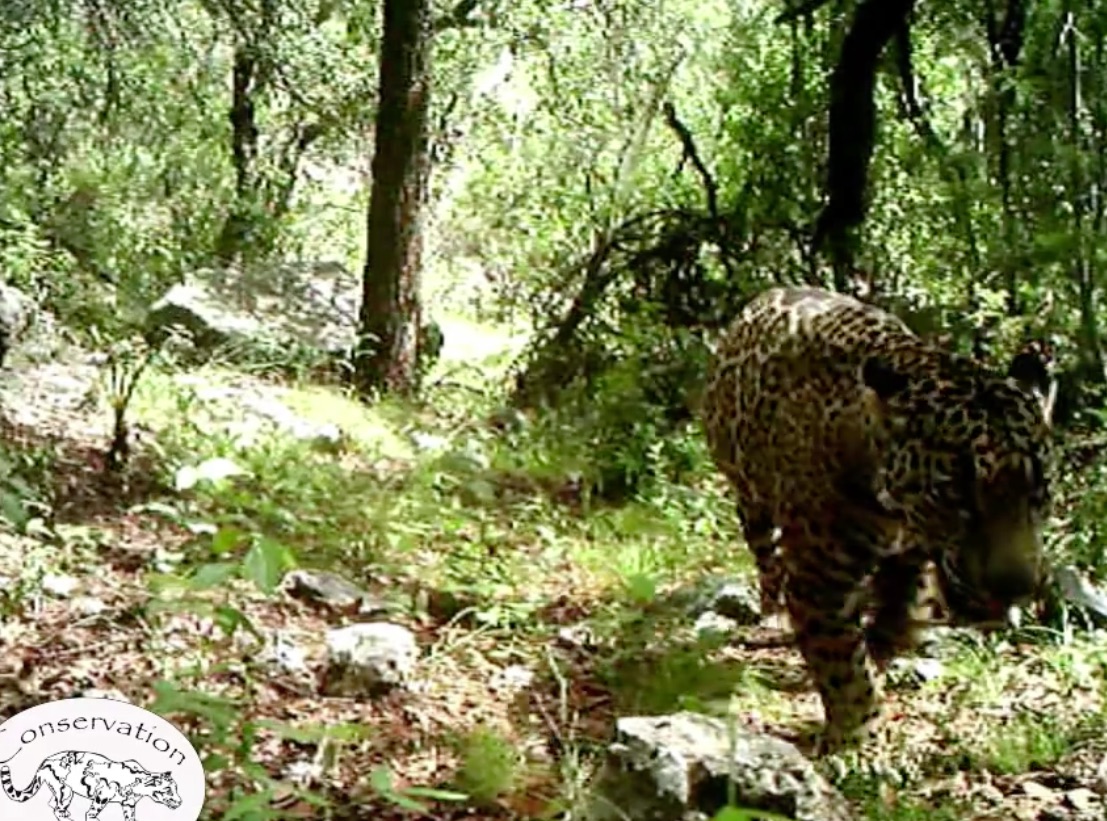
El Jefe, the only known jaguar in the United States, has been in southern Arizona for at least three years. The male jaguar dispersed from the nearest jaguar breeding population in Mexico's Sonora state and has made his territory near Tucson.
He's the first known jaguar in the country since 2009. This is a still of a camera trap video released in February 2016 by Conservation CATalyst and the Center for Biological Diversity, conservation groups lobbying for strong protections to preserve U.S. jaguar range.
Jaguar in the shadows

A jaguar in the Brazilian Pantanal, a region that extends into Paraguay and Bolivia. Jaguars range as far south as Argentina and as far north as Arizona, and connections between habitat are key to keeping this endangered species from going extinct, conservation experts say.
Sleepy cat
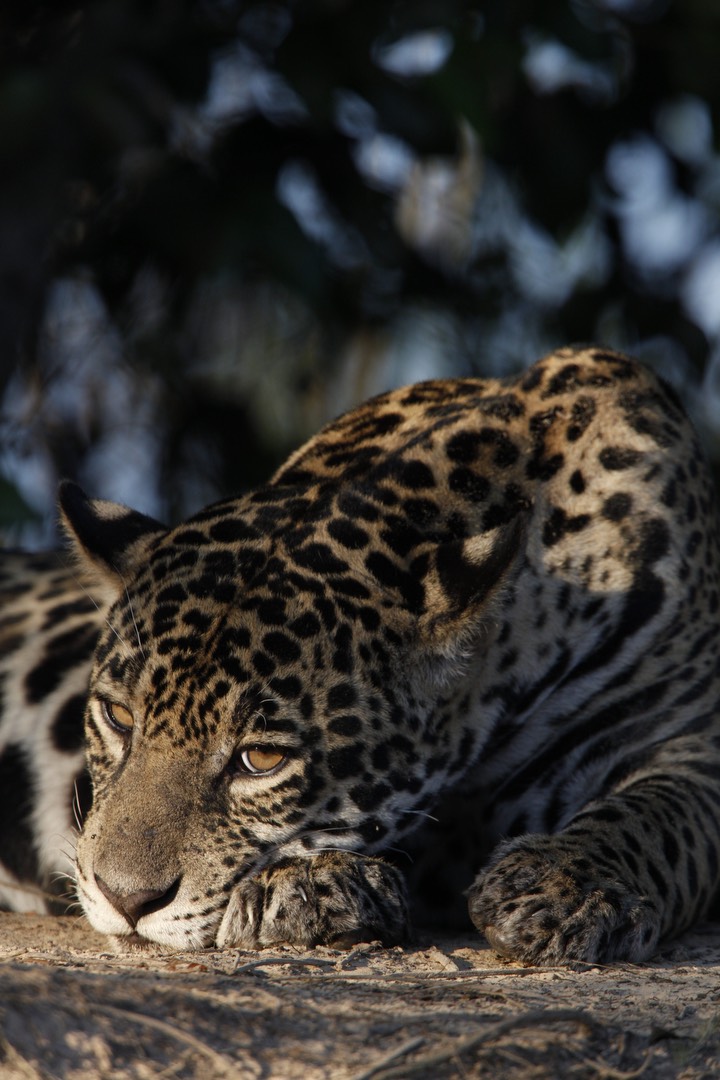
A resting jaguar in the Brazilian Pantanal. There is currently one known jaguar in the United States, a male known as "El Jefe." Arizona is in the northern reaches of jaguar range; the next northernmost breeding population is in Mexico's Sonora state. According to Howard Quigley of the big cat conservation group Panthera, the two greatest threats facing jaguars throughout their range are habitat loss and retaliatory killings for the loss of livestock.
Pantanal Jaguar
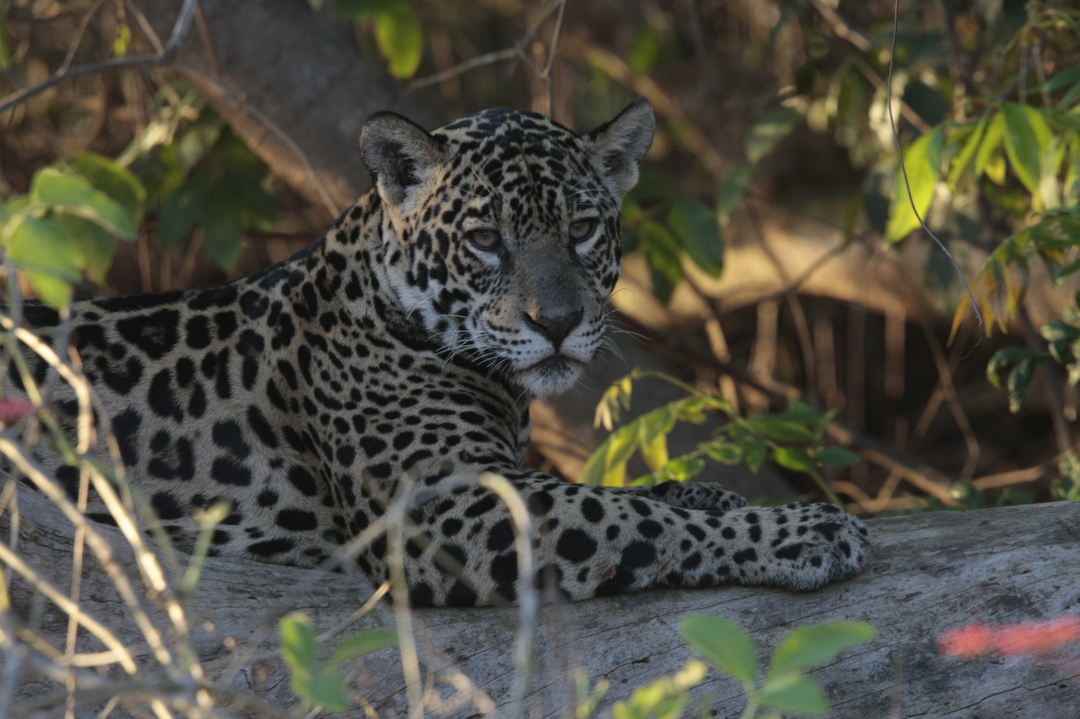
Jaguars are the third-largest cats in the world, after lions and tigers. They are elusive, solitary creatures. Males in the relatively dry habitat of Sonora and Arizona range upwards of 40 square miles (100 square kilometers), Quigley told Live Science. It wetter habitat in places like Belize and Colombia, cats require less space.
A peaceful spot
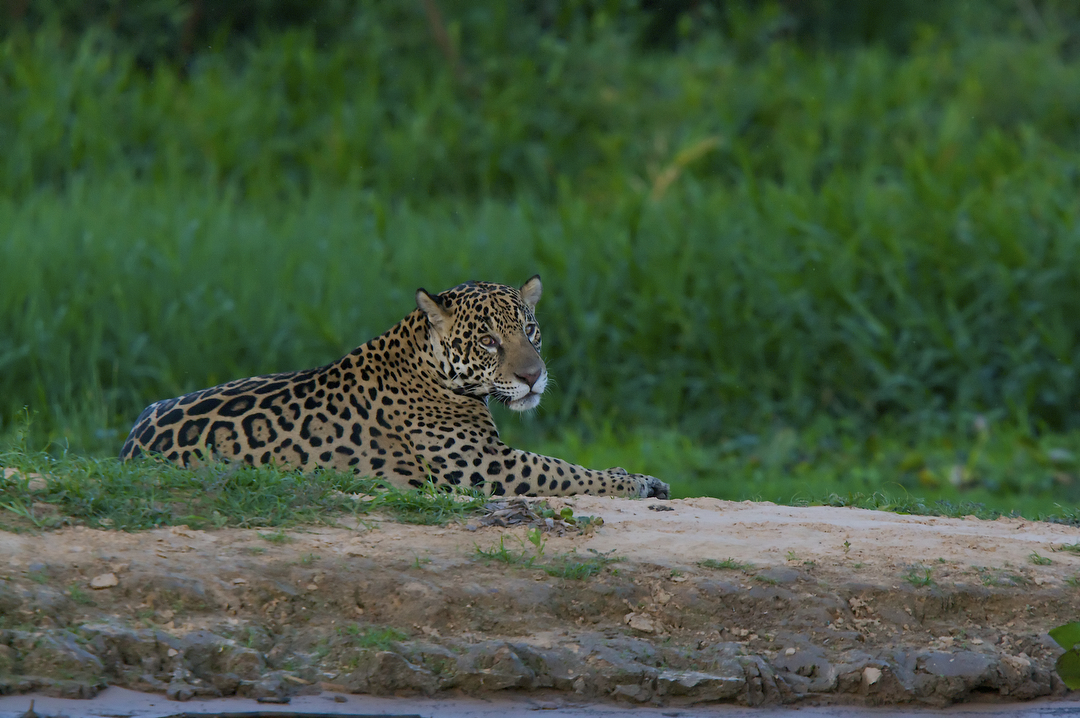
A jaguar in Brazil. Jaguars have been listed as an endangered species under the U.S. Endangered Species Act since 1973, but it was not until 1997 that the big cats were confirmed to exist in the United States. One Arizona male, Macho B, died after a botched trapping-and-collaring attempt in 2009. El Jefe is the first jaguar sighted in Arizona since Macho B's death.
A hiding hunter
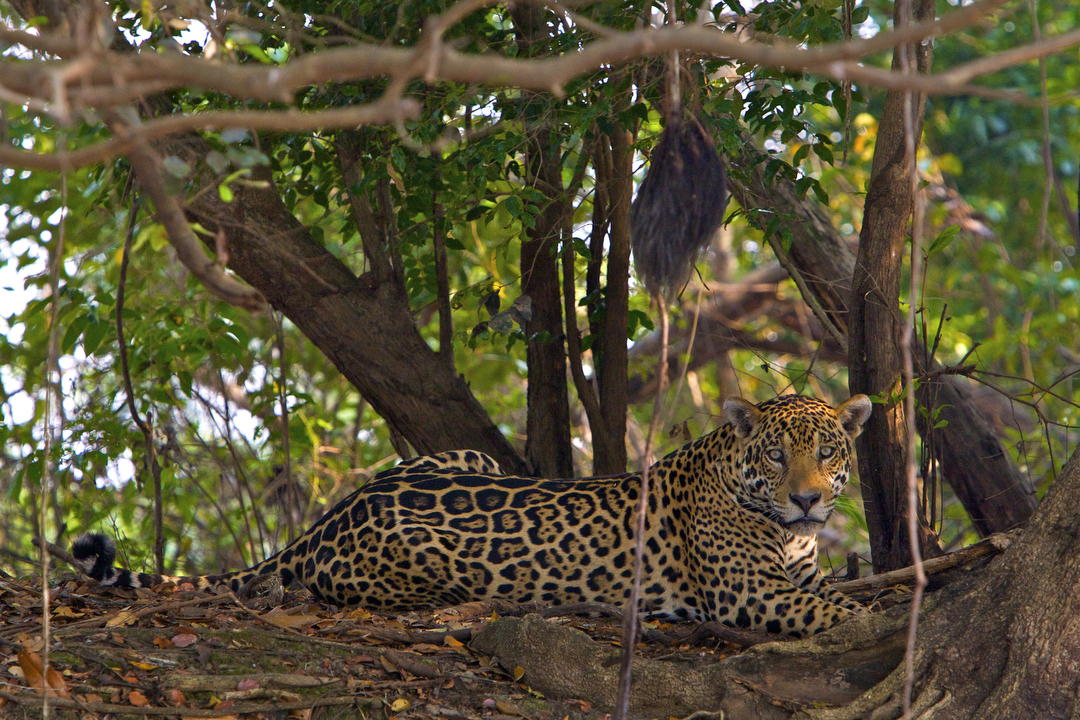
A Pantanal jaguar. According to the International Union for Conservation of Nature, 88 percent of jaguar range sits within the Amazon basin, which is not ideal habitat for the animal. Brazil's Pantanal, the Paraguayan Chaco and Caatinga in northeastern Brazil are more suitable, according to the agency, but jaguars have been pushed out of much of this area.
Get the world’s most fascinating discoveries delivered straight to your inbox.
What big teeth
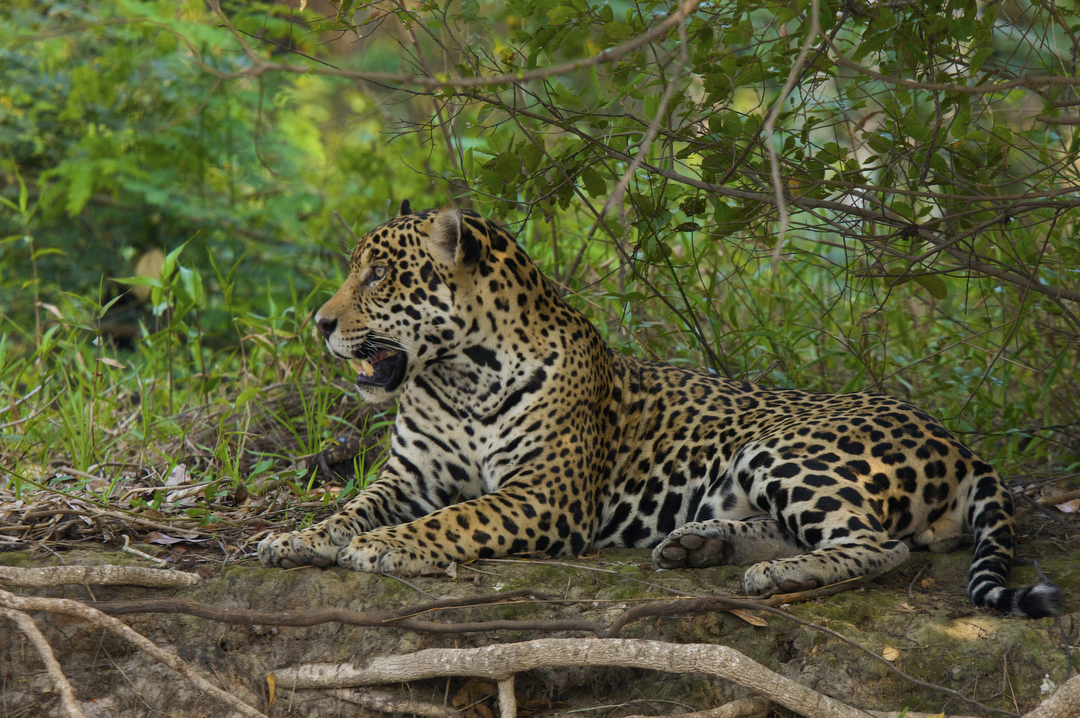
Jaguars occupy less than half of their historical range, according to the IUCN. Historically, jaguars ranged into the American Southwest through Arizona, as far west as California and as far east as Texas. Today, only one is known to exist in Arizona, a male named El Jefe. This jaguar was photographed in Brazil's Pantanal region.
On the move

A jaguar moves through the Brazilian Pantanal. Jaguars are skilled hunters. In Arizona, El Jefe eats a lot of deer and the occasional skunk. In many portions of jaguar range, the preferred prey is javelina or peccary.
Ready to pounce

A jaguar of the Brazilian Pantanal in motion. Space is important for these cats, which require a lot of range and connectivity between populations to keep up genetic diversity. Panthera's Jaguar Corridor Initiative aims to keep an open backbone of wilderness for jaguars from northern Colombia to northern Argentina.
Big cat
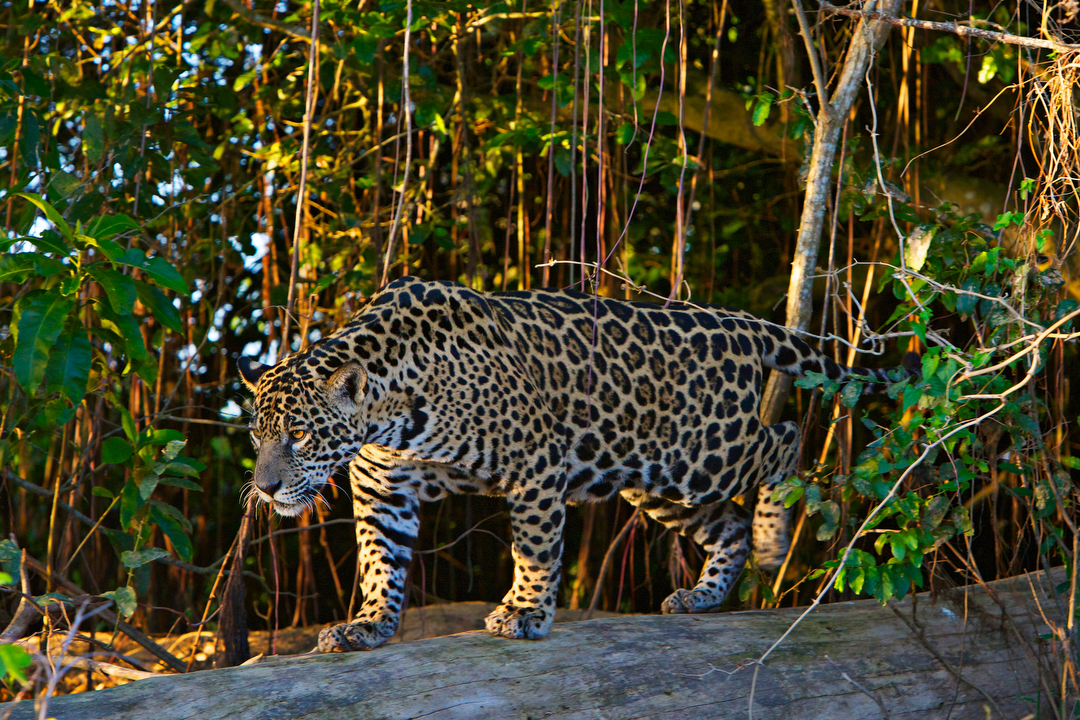
GPS collars have shown that Pantanal jaguars like this one (shown here) hunt wild species more than cows, but that about one-third of their kills are cattle. This puts jaguars on a collision course with ranchers looking to protect their livelihood. Panthera is experimenting with various protective measures at several experimental ranches, including electric fences and even a guard donkey named Napoleon.
Spots and stripes
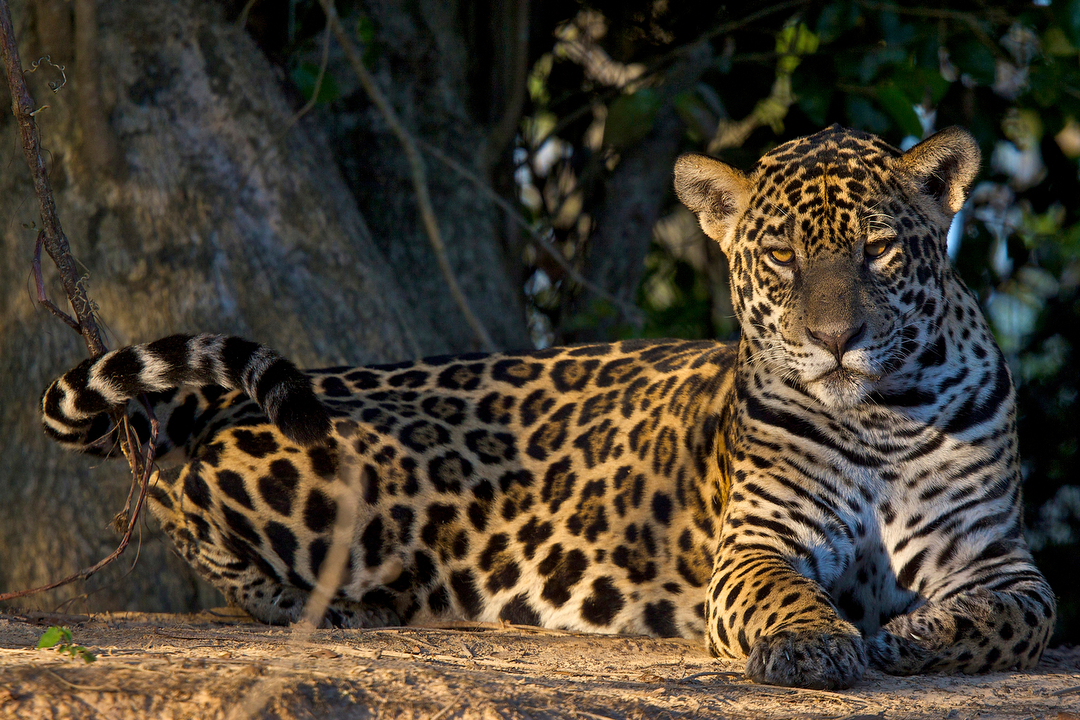
Jaguars are a controversial topic in the United States, which includes only the northern portion of the animal's range. Arizona conservationists argue that this state could become more important for jaguars as the globe warms and prey moves northward, but the climate future for the Southwest remains murky. In 2009, a failed Arizona Game and Fish capture of Macho B, the last known male in the state at the time, led to two criminal convictions and a spate of firings; a later investigation suggests the department may have covered up its intentions to capture a jaguar without proper permits. The saga has left a cloud of bitterness in its wake, with "jaguar" becoming "almost like a four-letter dirty word in southern Arizona," said Aletris Neils of Conservation CATalyst, a Tucson-based conservation group.

Stephanie Pappas is a contributing writer for Live Science, covering topics ranging from geoscience to archaeology to the human brain and behavior. She was previously a senior writer for Live Science but is now a freelancer based in Denver, Colorado, and regularly contributes to Scientific American and The Monitor, the monthly magazine of the American Psychological Association. Stephanie received a bachelor's degree in psychology from the University of South Carolina and a graduate certificate in science communication from the University of California, Santa Cruz.
